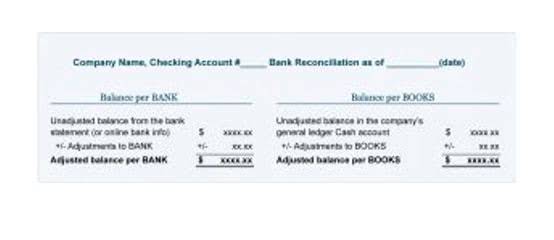
In other words, conversion costs are costs incurred by a manufacturer other than the cost of direct materials. Notice that the actual costs of the necessary raw materials are not included in conversion costs. But we want to focus on what is included in conversion costs, so let’s look into what makes up direct labor costs and manufacturing overhead costs. In cost accounting, conversion costs are all the costs incurred to convert raw materials into a finished good. In such cases, it is time-saving to calculate equivalent units and unit costs by combining direct labor and manufacturing overheads instead of doing separate calculations for the two cost items. We used this formula to calculate conversion costs, but it can also be used to find one of the missing variables, such as direct labor costs or manufacturing overhead costs.
Direct materials comprise tangible components, such as raw materials, that are required to generate a final product. The engine of a car, for example, and the spokes of a bicycle are both included in direct material costs. This is because they are both required to complete the production of that specific item.
Advantages of Conversion Cost
This includes wages for workers (direct labor costs) and other production expenses (manufacturing overhead costs). In simpler terms, direct labor costs are the payments to the workers doing the hands-on work, while manufacturing overhead costs are the behind-the-scenes expenses that keep the entire production process going. Both are essential components of conversion costs, giving a complete picture of the money spent to transform raw materials into finished products. Conversion costs are the labor and overhead expenses that “convert” raw materials into a completed unit.

Period costs are recorded in the profit and loss statement of an organization. One can arrive at total period costs by closely monitoring and reporting the expenses that aren’t related to manufacturing a product. The conversion costs would also help in calculating the cost of goods sold (COGS) conversion cost formula accurately. Conversion costs must be determined by each organization since they are critical for making significant business decisions and performing basic accounting procedures. It is calculated to determine the cost per unit, which aids the corporation in determining a price for the product.
How do You Calculate Prime Cost?
Examples of employees in this category are managers, nurses, security guards, janitors, cooks, maintenance workers, accountants, executives, trainers, parking attendants, and secretaries. Conversion Cost is the total money a company spends to transform raw materials into finished products. It includes direct labor (workers’ pay) and manufacturing overhead (other production expenses). Conversion Costs can be defined as the aggregated costs that include direct labor, and manufacturing overhead costs. They are referred to as the manufacturer’s production related cost, which does not include the costs incurred in production of direct materials. The calculation for prime costs includes the amounts spent on direct materials and direct labor.

The frames and lenses are direct materials and are not included in conversion costs. The $200,000 paid to production workers is direct labor, which is a conversion cost. The $50,000 paid to the production manager is manufacturing overhead, which is a conversion cost. The $200,000 cost for renting the production facility is part of manufacturing overhead costs, which are conversion costs.
How to Distinguish Between Types of Inventory Cost and Period Cost
Conversion costs are vital to be calculated by each companysince they are fundamental for making important business decisions and carryingout basic accounting tasks. It is calculated by dividing the total cost of a marketing campaign by the number of conversions. For example, if a campaign costs $1000 and generates 100 conversions, the CPC would be $10. The cost of manufacturing a product cannot be traced to just one unit in the process. Some common examples are insurance, building maintenance, machine breakup, and taxes on equipment or machining.
Tangible components—such as raw materials—that are needed to create a finished product are included in direct materials. The expenses and remunerations attached to workers and employees who merely support the production facility and are not actively involved in converting materials into ultimate product are not included in direct labor cost. Rather, such expenses are considered as indirect labor which goes to the entity’s total manufacturing overhead cost (discussed later in this article). Examples of such expenses include the salaries of production supervisor and factory watchman etc. Some of the same expenses are included in both prime costs and conversion costs.
Direct materials are the actual raw materials that make up the finished product. Direct labor is the cost of the production floor workers that can be directly traced to the manufactured product. Manufacturing overhead includes all other production costs that can’t be easily identified or traced directly to the product, such as indirect materials, rent, utilities, and the production floor manager’s salary. The actual wood and metal used for the chair are considered direct materials. The workers who get paid hourly to assemble a chair out of the wood and metal are considered direct labor.



